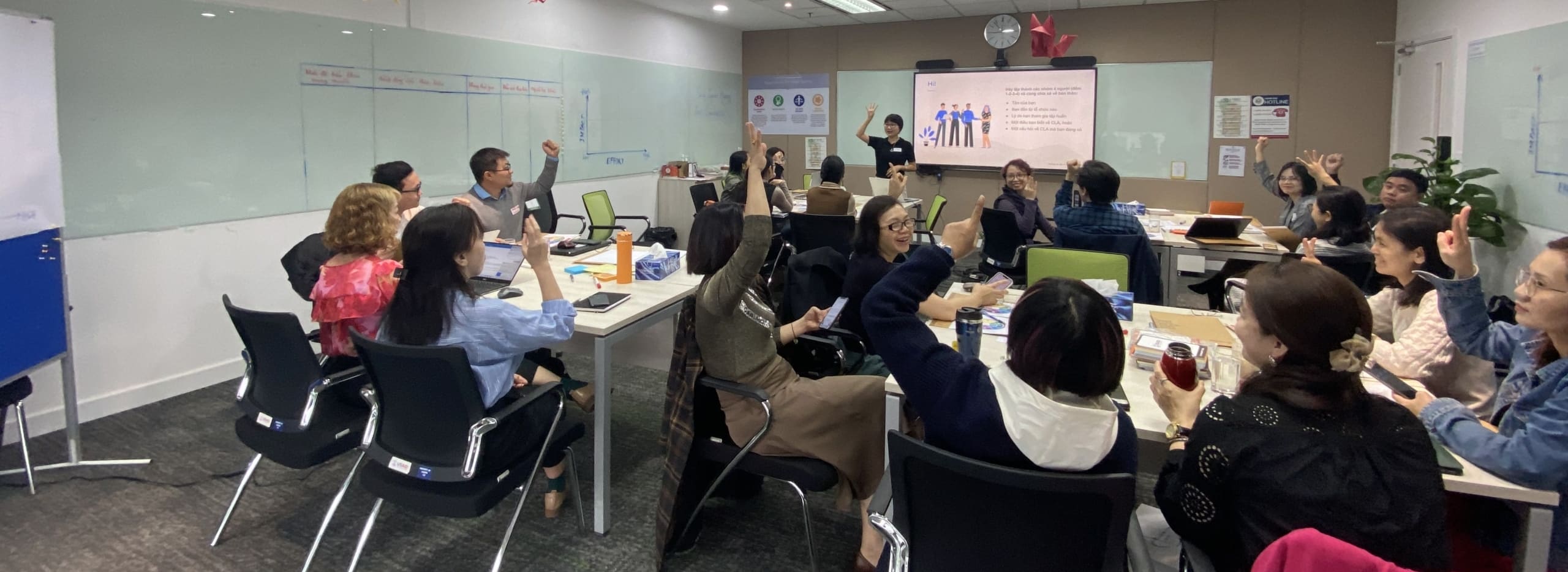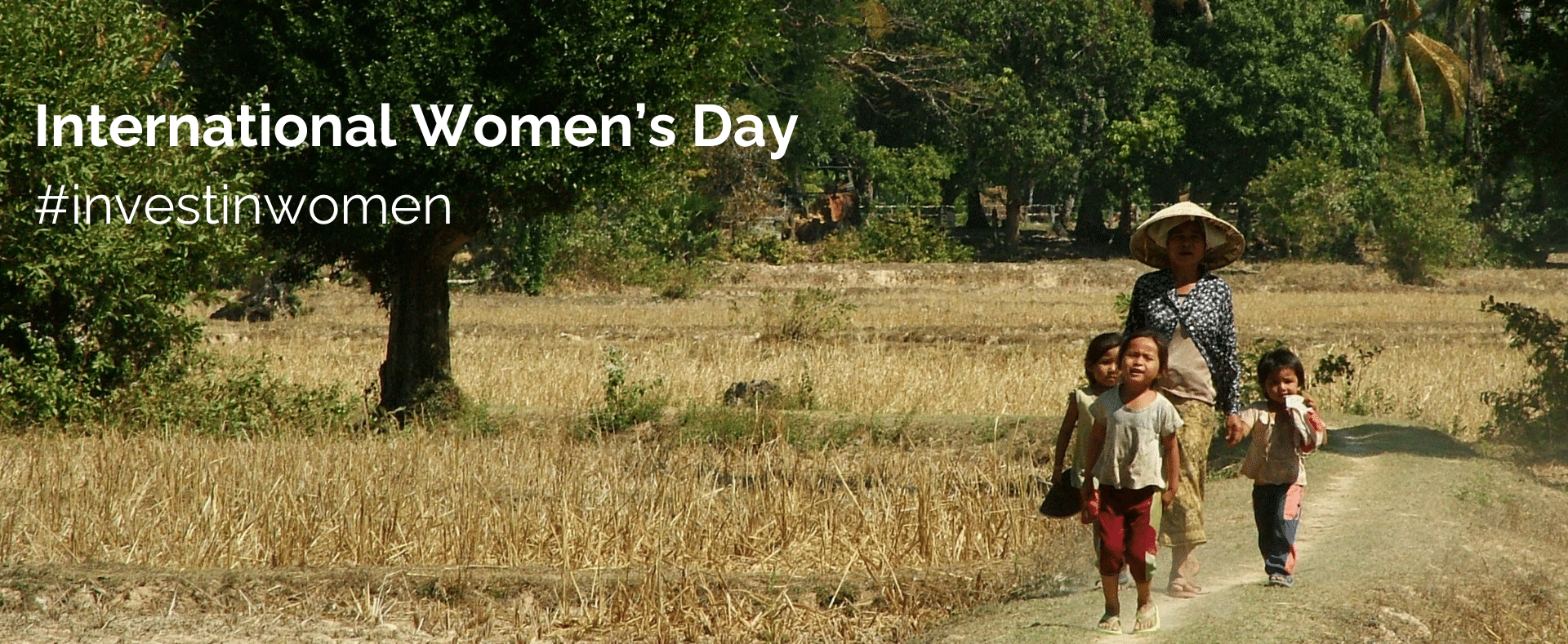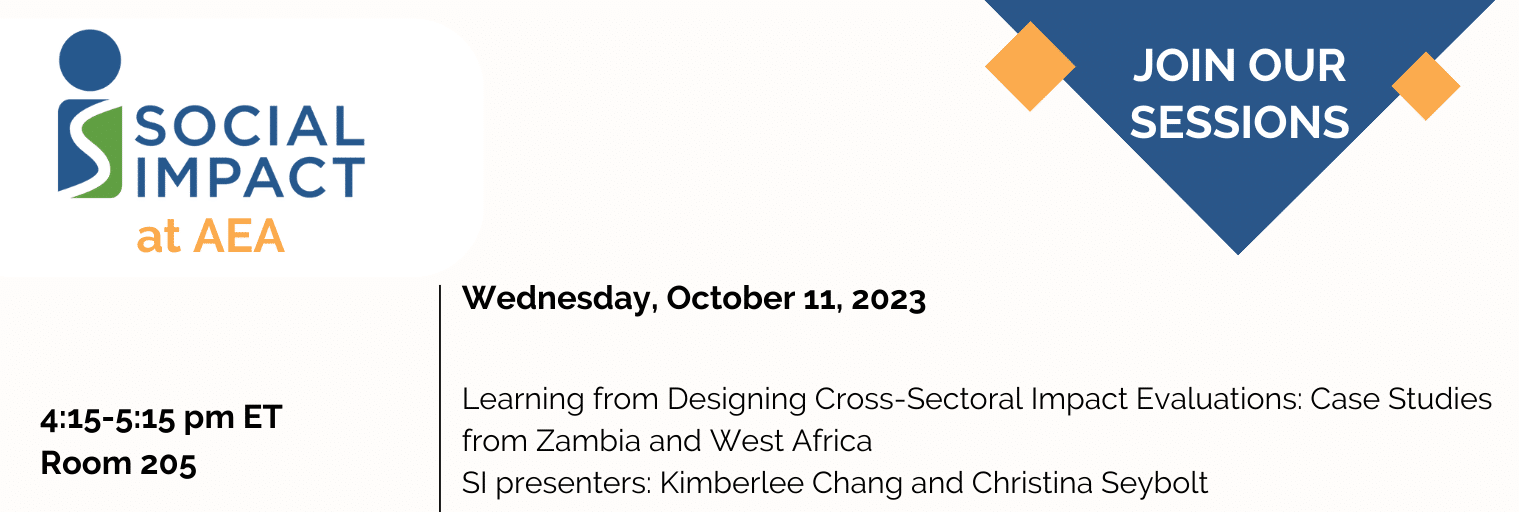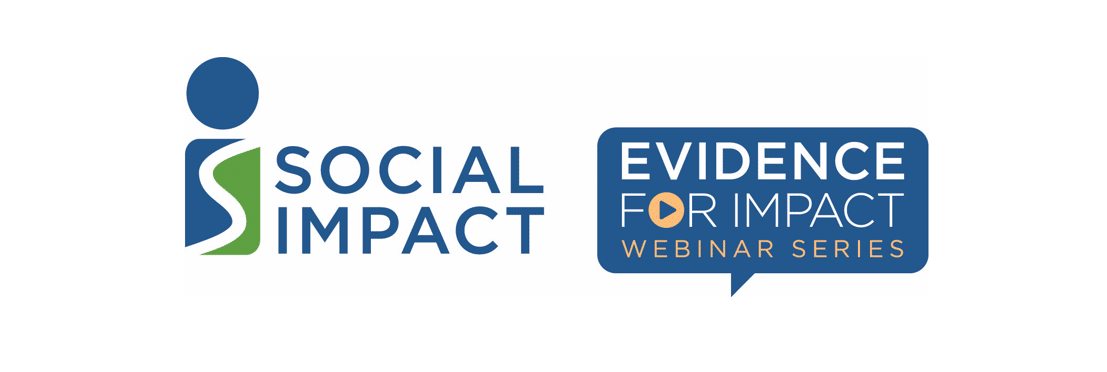Part 1 of this blog series described how the draft USAID Policy Framework provides opportunities to strengthen Program Cycle processes for greater inclusion and results. That blog, available here, pointed out that an original Program Cycle principle was “Promote Sustainability through Local Ownership.” Now, in Part 2, we continue examining the Program Cycle and asking specific questions to envision and implement better localization practices.
Below is a preliminary list of questions for each stage of the program cycle, which we hope will raise awareness of how to actually implement locally-led programs. We also hope this preliminary list will serve only as the beginning and will encourage development practitioners to identify additional considerations for incorporating localization in their work.
During strategic planning:
- How do we design and implement strategic planning to ensure local voices are prominently included?
- What types of consultations occur? Who gets invited? How are consultations sequenced to feature diverse local subject matter experts and elicit inclusive local input? Are current IPs expected to bring local partners to these consultations? Are only elites included?
- Who conducts assessments? Are statements of work publicized and structured so local researchers can participate? Do eligibility requirements compel international IPs to partner with local experts or institutions? How can we mitigate bias or conflicts of interest in the way research findings are presented that might advantage certain groups?
- Do we hold draft Results Framework validation sessions with diverse local actors before strategy approval? Have we reviewed and expanded the evidence base to include local information?
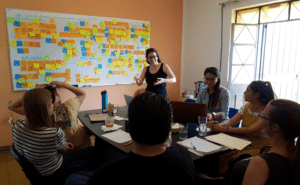
Stakeholder mapping meeting on the Mexico Civil Society Activity (CSA)
Photo by: Mexico CSA
During PMP and IP Activity Monitoring, Evaluation, and Learning Plan (AMELP) development:
- Do we include the priority learning needs of local groups and communities in our Learning Agendas?
- Do we brief local organizations on our PMPs or AMELPs so they can align with them? Do we train and support local organizations in developing their own AMELPs?
- Do we plan to regularly engage with local organizations to identify learnings and needed revision/adaptations over time?
During project and activity design:
- Is co-creation envisioned? How will local organizations be informed of these opportunities?
- How can we support knowledgeable involvement by local groups? Do we hold “USAID 101” workshops, Non-U.S. Organization Pre-Award Survey (NUPAS) orientation sessions, or unstructured Q&A sessions? Do we provide safe spaces for local organizations to ask and learn?
- Do eligibility requirements encourage partnerships and consortia that support capacity development, mitigate risk, and take advantage of local knowledge and skills?
- Are debriefs of unsuccessful applications structured for capacity development so local organizations understand weaknesses and strengths and are encouraged to re-apply?
During Implementation:
- Do we encourage and support local advisory committees and community representatives on activity implementation teams?
- Do all our awards explicitly reflect localization, even those implemented by international groups? How do reporting requirements reflect localization and help build accountability?
- Are post-award orientation meetings designed to clarify processes and terminology? Do we provide new partners and sub-awardees with glossaries, tip sheets, and user-friendly tools to help them understand requirements and procedures and save time?
- Do we involve local stakeholders in work planning? Do we provide capacity development support for new partners to help them align work plans with budgets?
- Are new and more experienced implementers encouraged to collaborate and share learnings with local organizations working in the same geographic area or type of activity?
During Monitoring and Evaluation:
- Because local groups may be more knowledgeable about indicator quality (especially, practicality) and data sources, do we involve them in indicator development?
- How do we engage with local organizations and communities during site visits and data collection? Do we understand the time constraints, opportunity costs, and even security risks local interlocutors face when they engage with us?
- Do we identify opportunities for local participation on our teams during data collection, data quality assessments, and evaluations as hands-on capacity development opportunities that also enrich our knowledge and practices?
- Do we use participatory evaluations to engage local stakeholders?
- How do we design and disseminate evaluations to ensure they are useful for local actors?
- Do we design Portfolio Reviews to enable local stakeholder participation, input, and learning while mitigating procurement integrity and budget planning risks?
These questions, and others that readers may suggest, can support localization efforts. Social Impact is excited to do this work, to learn from our colleagues and clients, and to help ensure we live into the new Policy Framework principle of “Nothing About Us Without Us.”
Author: Elise W. Storck, Vice President and Senior Technical Advisor, Social Impact, Inc.
Cover photo by: USAID


